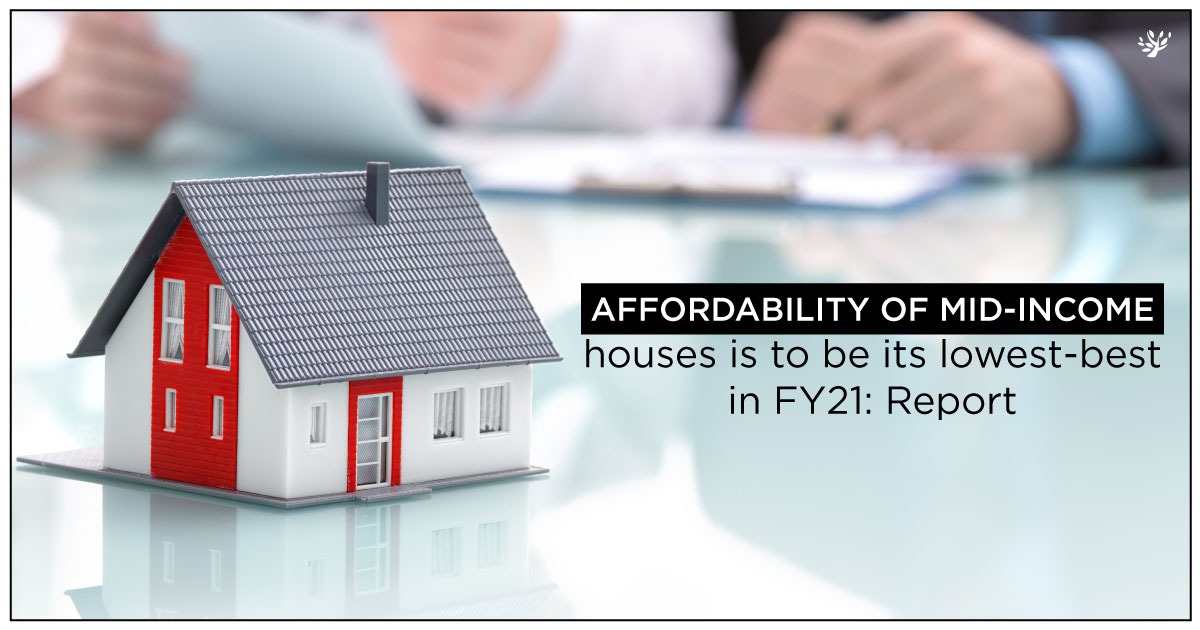
Affordability of mid-income houses is to be at its lowest-best in FY21: Report
Currently, the residential sales-to-supply ratio has improved to 1.36. In 2014 it was 0.63. It happened because developers are now focusing on clearing the unsold stock rather than launching new products a report by FICCI-ANAROCK says. The housing sales to the new launches ratio have been calculated based on the number of housing units sold in a given period against the new launches in the same period. There are still over 7 lakh unsold units, however, the numbers are gradually reducing. In 2019 housing sales were 2, 61,350 units and the number of new launches in the same year was 2, 36,550 units.
According to the experts, the gap between the number of units sold and launched is increasing, it is a good sign. The report further highlights that in the post-COVID-19, affordability of mid-income homes, calculated on the ratio of the home loan payment to income, will touch its lowest-best at 27% in FY21. In FY12 it was 53% and has been falling y-o-y ever since.
Affordability is calculated as the ratio of average home loan payment by a person versus his income. “This improvement in affordability is due to a combination of factors including the reduced home loan interest rates over the period, property prices remaining range-bound over these years, and also average salaries rising,” Anarock said. The report shows that several factors will influence residential real estate revival in post-COVID-19 times.
“In the past, the value of real estate under construction increased from USD 94 Bn in 2009 to USD 243 Bn as of H1 2020 – a 2.6X increase,” Anuj Puri, Chairman – ANAROCK Property Consultants said. “During the same period, the share of residential real estate grew from 49% to 88%, which indicates the massive expansion of this segment,” he added. Listed developers’ sales still stay on course in the present scenario. However the overall sales have declined, listed developers continue to thrive on the back of homebuyers’ increasing preference for organized players. ANAROCK research’s consumer sentiment survey during lockdown says that 62% of prospective buyers prefer to buy a home from branded developers, even if the cost is higher.



